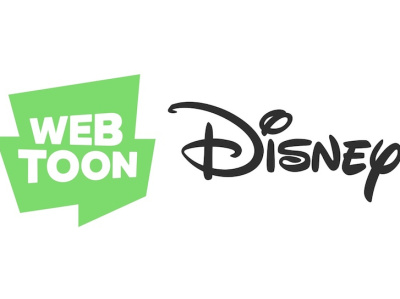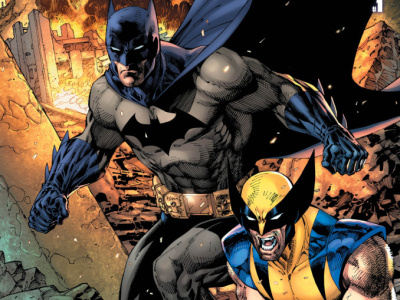
As if the digital revolution didn’t present publishers with enough challenges by itself, it now appears that the latest mode of publishing and distribution, which is fast approaching a 50% market share of books sold, has also spawned a major competitor for mainstream publishers. Internet retailing giant Amazon is becoming more than just an online bookseller and distributor of digital books and comics. In of the fall of 2012 Amazon plans to publish (both as e-books and in print) 122 books in a variety of genres. Amazon has hired veteran publisher Laurence Kirshbaum and signed a number of bestselling authors including self-help guru Tim Ferriss. The company has even entered the “big stakes” fray, paying a reported $800,000 advance to actress/director Penny Marshall for her memoir.
According to The New York Times, the specter of Amazon as a competitor has traditional publishers very worried. The forthcoming release of Amazon’s low-priced Kindle Fire tablet should only serve to cement the company’s position in the forefront of digital distribution. Amazon was able to use its distribution muscle to gain a 4-month window of exclusivity for digital editions of DC Comics’ bestselling graphic novels including Watchmen, which created a backlash among Amazon’s bookselling competitors who pulled DC’s graphic novels off their shelves (see “B&N to DC—It’sOn” and “Books-a-Million Joins DC Boycott”).
Over the past decade Amazon has clearly become the major threat to brick-and-mortar booksellers, and now it appears that the sprawling giant will be a major menace to publishers and perhaps even literary agents as well. The specter of a vertically integrated Amazon, which can develop, publish, and distribute its own books, is not a pleasant one for publishers to contemplate.
Should comic book publishers be worried? Well, the touch screen, full color Kindle Fire certainly has the capacity to reproduce comics, though the economic model for comics and graphic novels, which involves publishing the material first in pamphlet form and then collecting it as a graphic novel, would present problems for Amazon. The extra effort involved in creating illustrated literature, the drawing, inking, lettering, and coloring, which all has to be done in addition to the writing, makes the comics medium more collaborative and expensive. Bottom line—Amazon could end up publishing the kind of graphic novels that mainstream publishers do now, but it would be less likely to try and compete with comic publishers who publish via the periodical-first model.
Of course if sales of digital graphic novels would grow to the point where they could easily defray the costs of producing the original art work (or if technical advances could reduce the costs of graphic novel production), all bets are off. It is clear that we have entered a “brave new world” of publishing. It is not clear how this new world will sort itself out.







